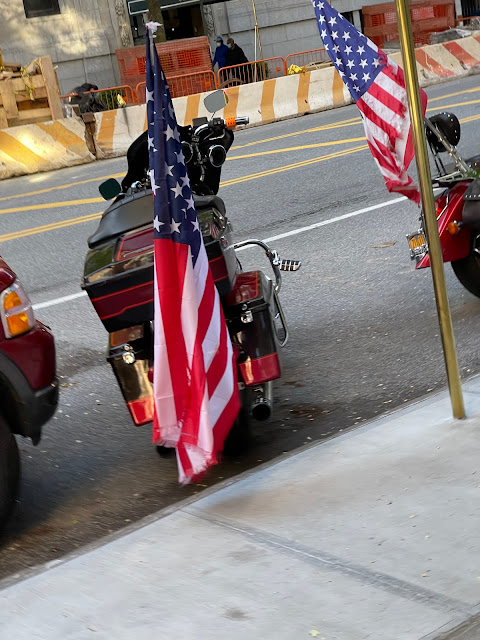my view revisited
I promised I would find out what this intriguing building that is now my view was all about, here's what I learned:

There you have it.

On November 9, 1918—Armistice Day—opera superstar Enrico Caruso stood on a balcony of the Knickerbocker Hotel, looking out over the intersection of 42nd Street and Broadway. Throngs of people had gathered below to celebrate the end of the first World War, and Caruso, the world’s most famous tenor, wanted to add to the excitement. He decided to do what he did best: Sing. He led the crowd in the ‘Star-Spangled Banner,’ and followed it with the French and Italian national anthems.
Though Caruso is long gone—he died just a year and a half later—the Knickerbocker lives on.
The most fascinating thing about the Knickerbocker isn’t its design, but its history. It’s one of those New York buildings whose story is as surprising as its anonymity.
The most fascinating thing about the Knickerbocker isn’t its design, but its history. It’s one of those New York buildings whose story is as surprising as its anonymity.
Today the hotel is simply called 6 Times Square, and it holds not hotel guests, but apparel showrooms. A 25,000-square-foot Gap occupies the first floor. But when it opened in 1905, the Knickerbocker was one of midtown’s premier hotels, and one of the tallest buildings on Times Square.
If you would like to learn more about it, go to Forgotten New York.

There you have it.


